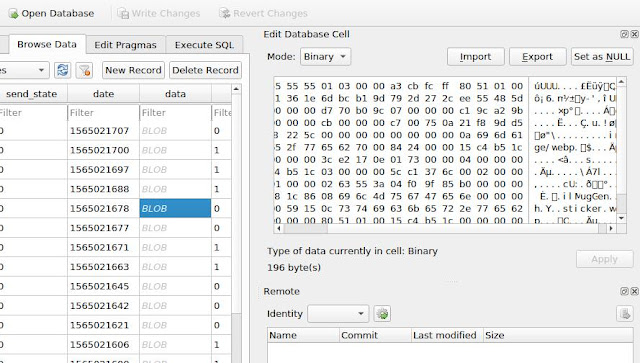BYOM - Build Your Own Methodology (in Mobile Forensics)

Last Friday I had the honour to present at " Life has no CTRL+ALT+DEL ", a DFIR online meetup organized by Heather Mahalik in this crazy COVID-19 period. I delivered a presentation titled "BYOM - Build Your Own Methodology (in Mobile Forensics)". If you are interested in taking a look at the presentation, it is available here https://www.slideshare.net/realitynet/byom-build-your-own-methodology-in-mobile-forensics During the presentation, I shared some concepts I consider as "fundamentals" if you are working in this field. For each category, I provided some resources that can help building or improving your methodology. I decided then to share these resources in a blog post, with the hope that it could be a useful "starting point" for reading and studying, especially in this period. KNOWLEDGE Mobile OS Architecture and Security books Title Authors URL Android Internals Jonathan Levin ...
